At the end of the 2B semester, my friend Lyric and I decided we wanted to backpack Chile, its long coast stretches across many latitudes creating many distinct climates from the Glacial lakes of Patagonia to the deserts of San Pedro de Atacama. After landing in the capital city, Santiago, we took a day trip to the port city of Valparaiso. We liked the city so much that we spent the next several nights there
Valparaiso
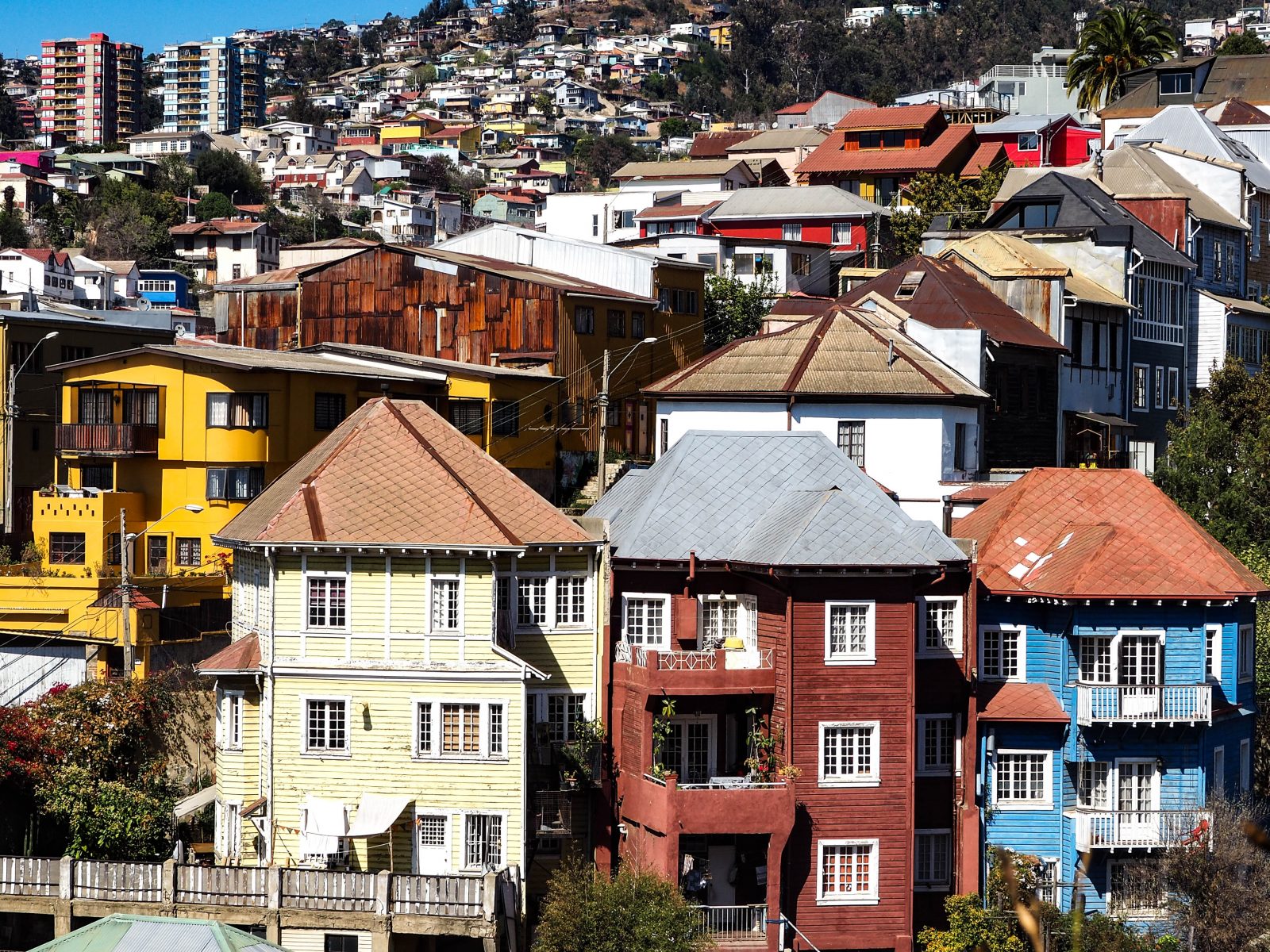
Valparaiso is flattering and photogenic with colourful houses that populate the steep cliffs along the coast. The city began as a port city colonized by the Spanish that flourished in the 1850s as European ships travelled from Europe to the West Coast of America during the California gold rush. It was during this time that the city began to flourish (from the Spanish perspective) and the nomadic natives’ fishing village turned into a trading port. As the port city grew quickly, many people began building higher and higher along the tough terrain in an organic and typical Chilean fashion where neighbors are very considerate of each others’ views and spaces. This would allow for the seemingly chaotic winding streets and houses standing on top of one another. Even today, a local guide pointed out that approval for constructing a pedestrian street takes about one day and is almost only dependent on the approval of the neighbors.
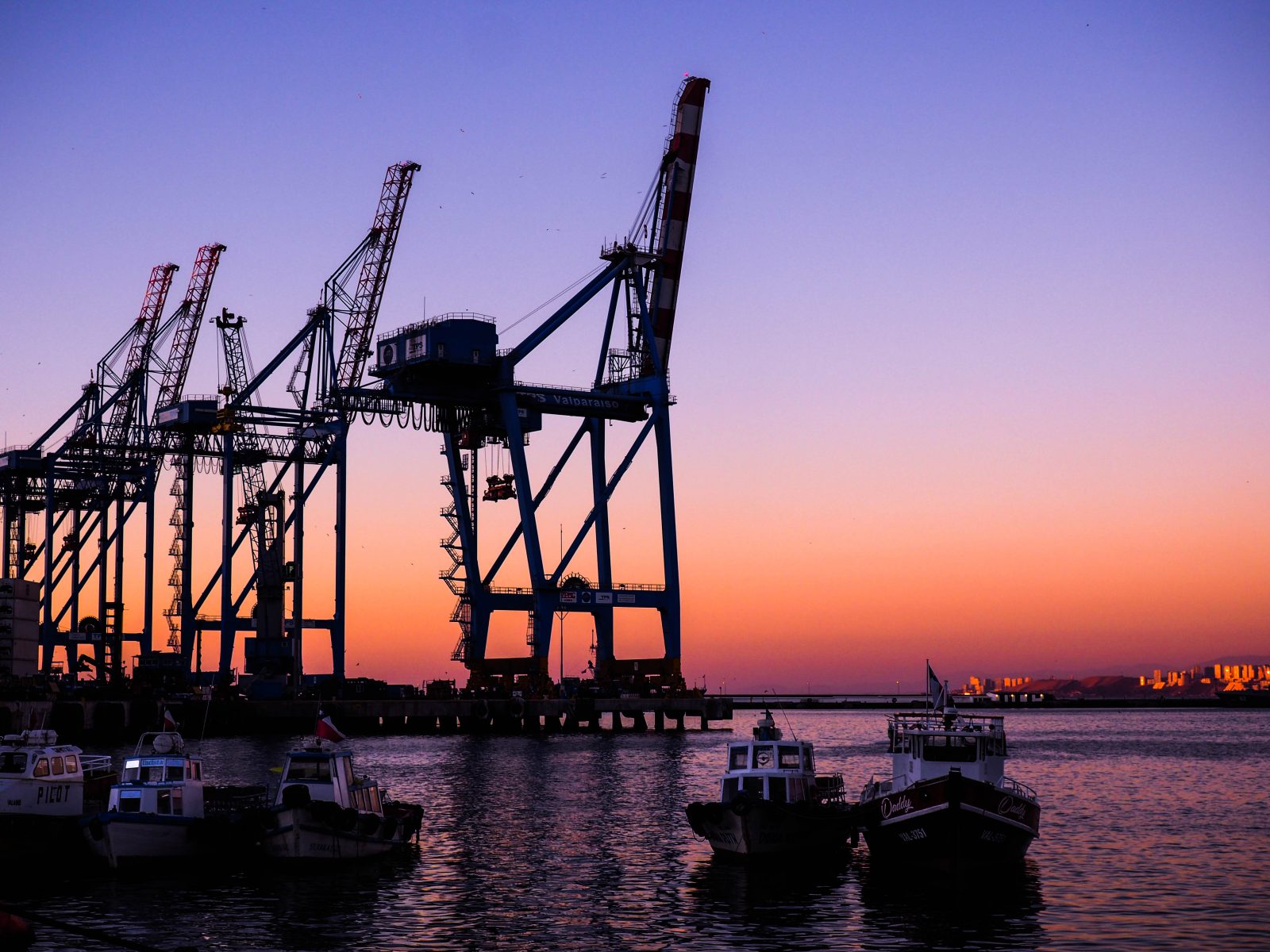
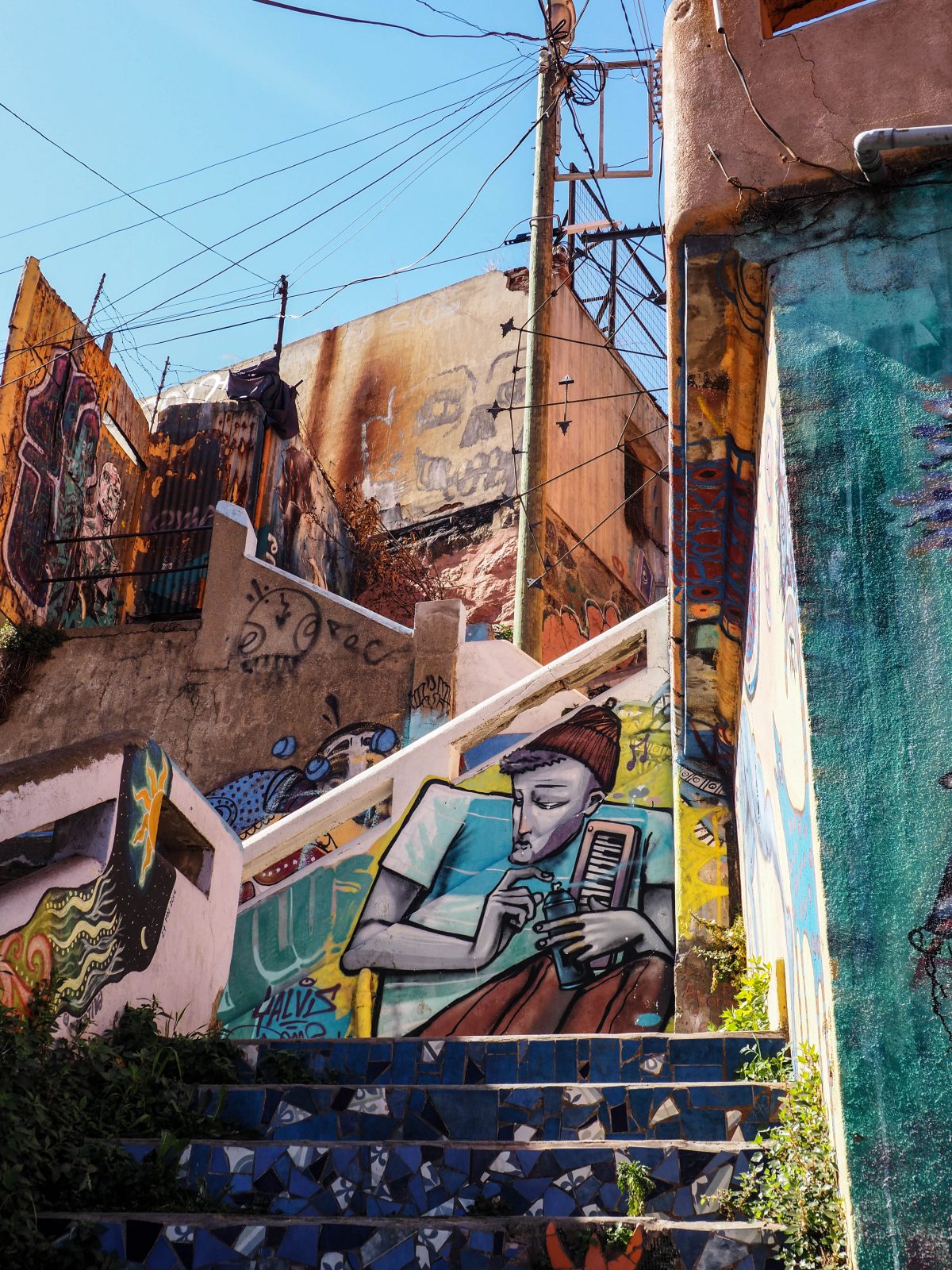
Urban legend has it that all the residents of the city painted their houses in the same colour as their ships and thus began a trend of colourful houses that sit perched along the coast. Unfortunately, the history of the city is not as bright as the homes or the street art that it is known for. The more likely beginnings of the colourful homes are from the poor residents who would steal the paint used for ships to paint their homes to protect it from rusting. To this day, a closer look at any of the homes outside the tourist route reveals that most are very shoddily put together with whatever scrap materials they can find and despite being one of the top destinations of the country, poverty rates are almost double the national average.
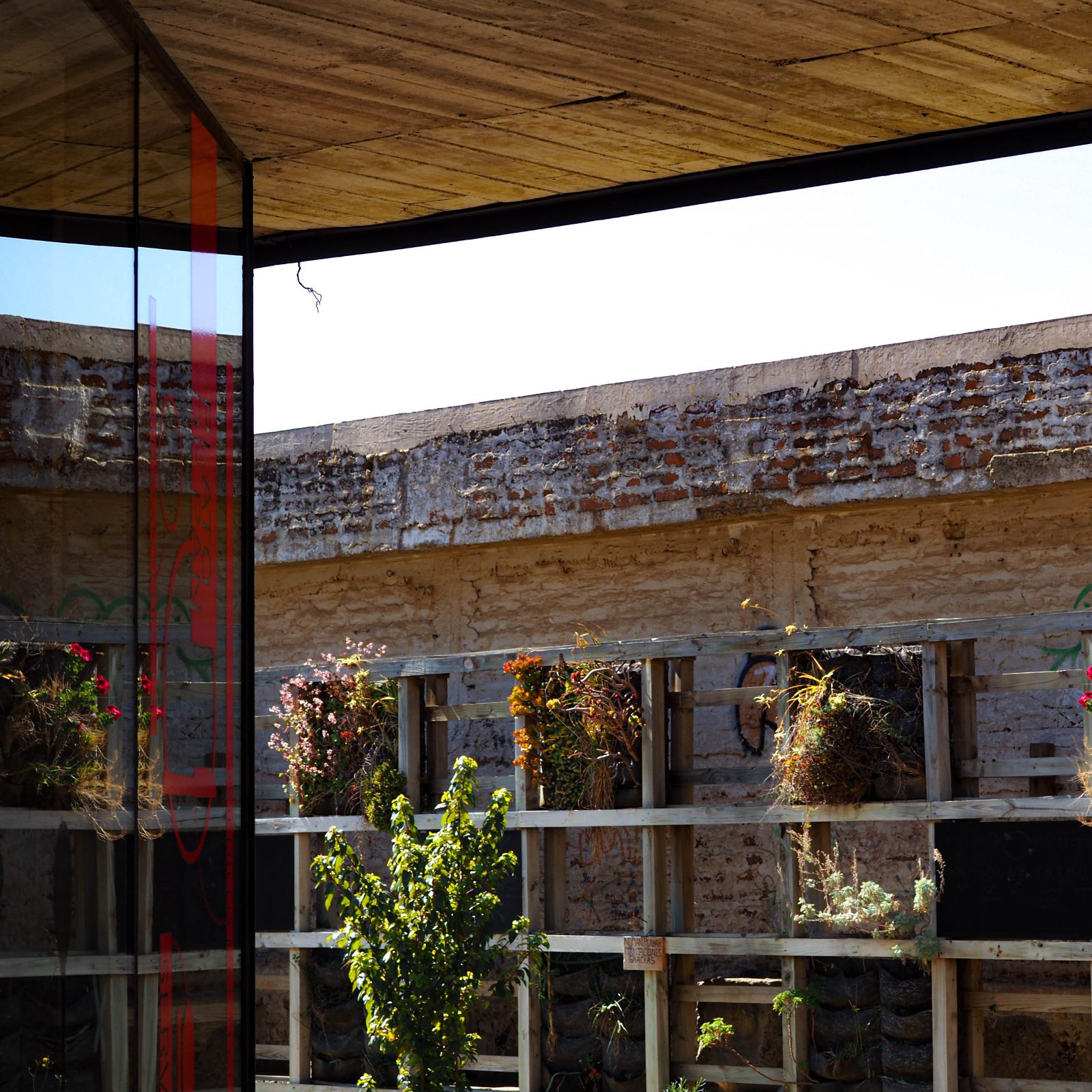
All this started around 1914 when the Panama Canal opened and ships no longer needed to pass the Strait of Magellan to get from West Coast America to Europe. This saw the decline of Valparaiso as a port city.
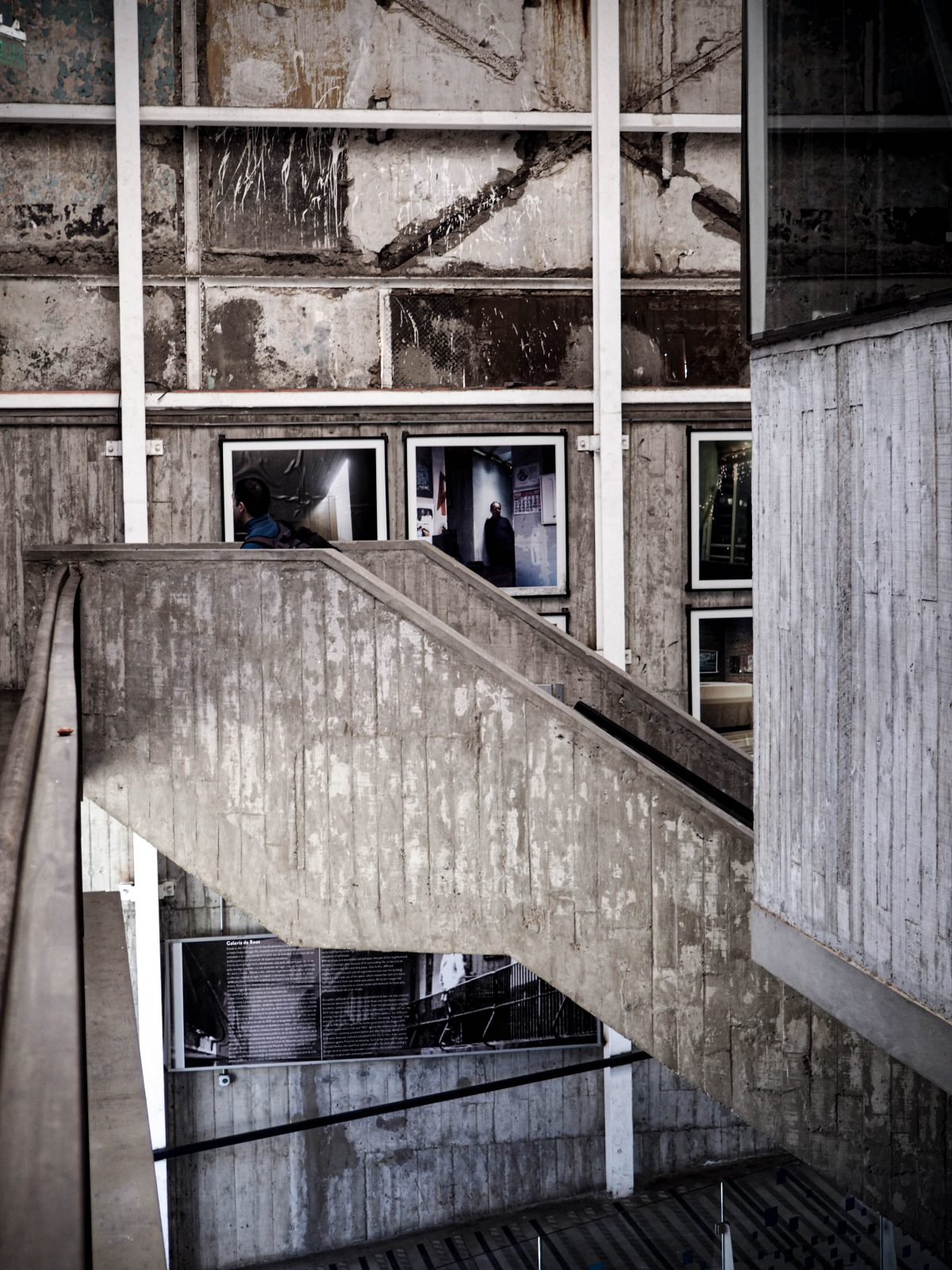
It was also around this time that Pablo Neruda was born, some of you may know him for his poetry but he was also a senator for the Socialist party of Chile. In 1970 Augusto Pinochet came into power through a US involved coup d’etat, and his dictatorship lasted for 16 years. This was in response to what people considered Latin America’s most progressive democracy led by the socialist party. Unfortunately there was widespread US involvement of regime changes in Latin America (ie, Argentina, Brazil etc) in response to the rise of left wing socialist parties, which the US thought would be a threat to their authoritarian ideologies.
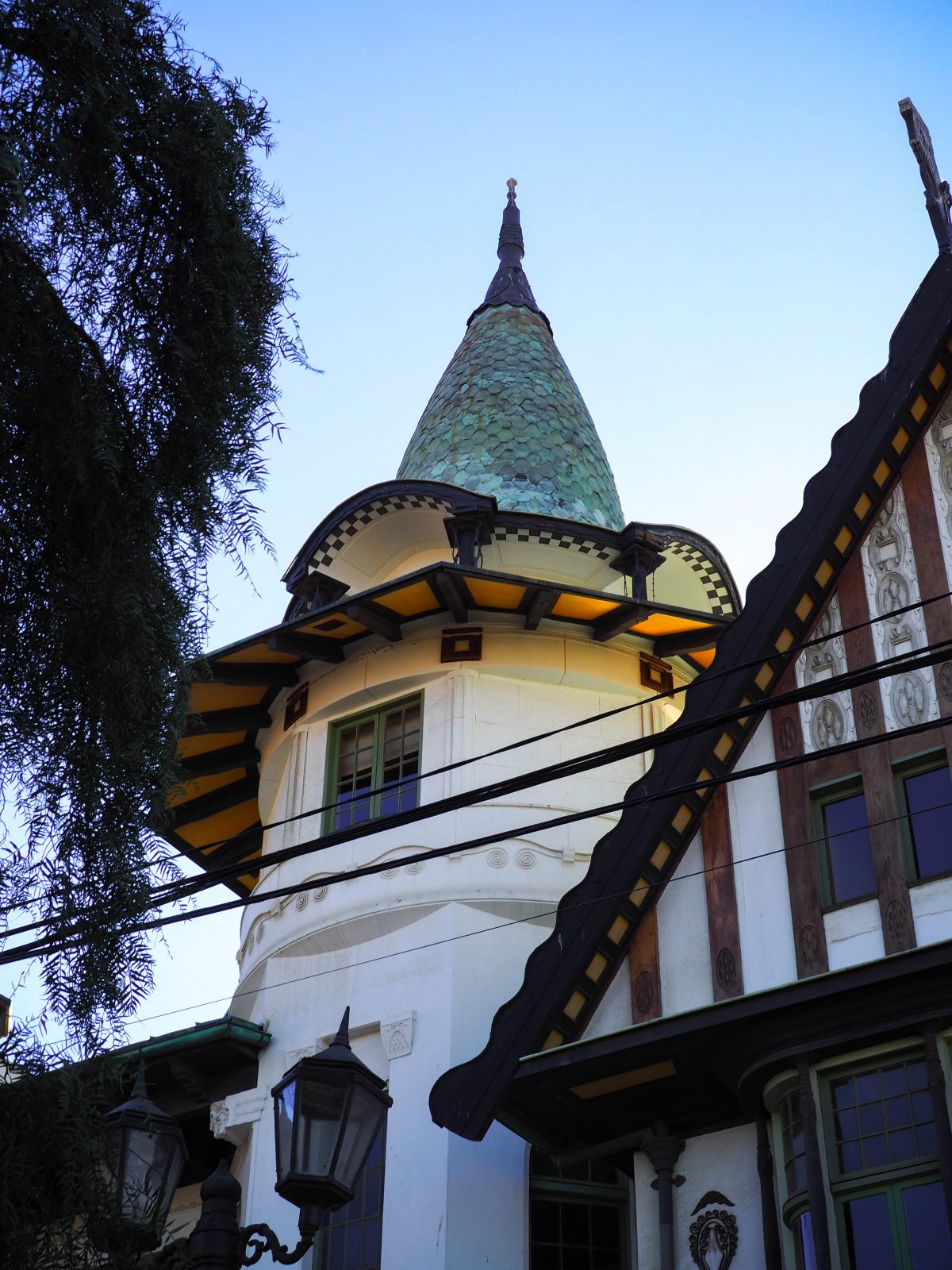
Just prior to the overtaking of government Pablo Neruda, poet and senator for the socialilst party, began spending his time in Valparaiso “to get away from the hustle and noise of Santiago.” Pablo Neruda began working with students at the local art school to help revive the city through street art after it had declined in industry for half a century. However, as the dictatorship began, it became illegal to express any political opinion. Hundreds of innocent civilians were captured and executed including Pablo Neruda (see photo of former prison converted into a community artspace). It was in what would become the last few years of the dictatorship where citizens began to come out at night behind the guard of officials and began creating images and artwork of hope of getting through this situation. Today, murals are being painted everyday and much of it is preserved as a UNESCO world heritage site. What began as simply rejuvenating the city slowly evolved to become a voice of those marginalized by the Pinochet regime to give hope in times of adversity.
San Pedro de Atacama
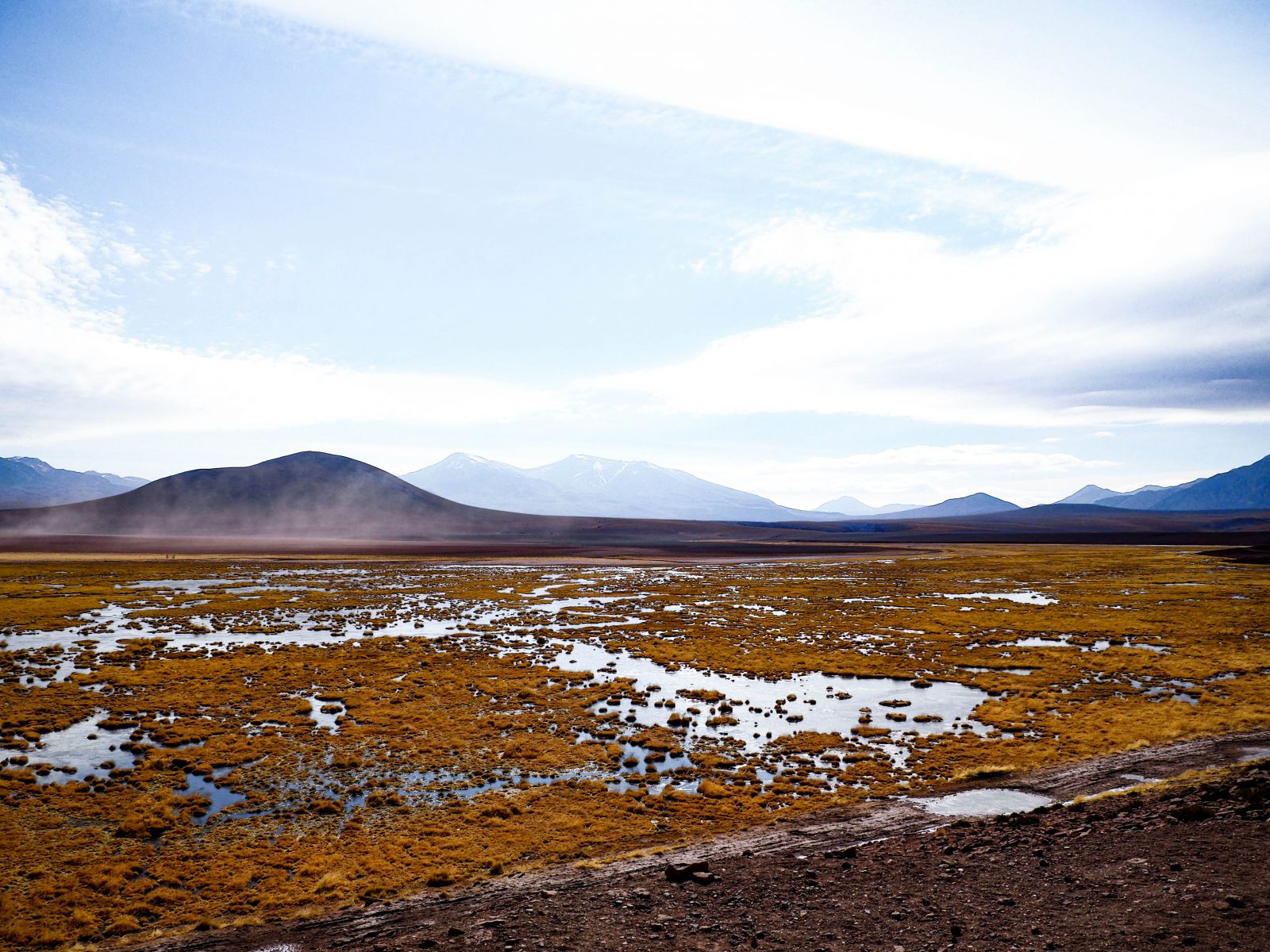
The deserts engulf you into another world. It’s so isolated and so vast that it is favoured by many researchers for its minimal light pollution and extreme dryness. It is the only place in Chile with non potable tap water. Apart from the touristy strip, the shelters are mud huts with sheets of plastic sheathing and tarp thrown on as a roof.
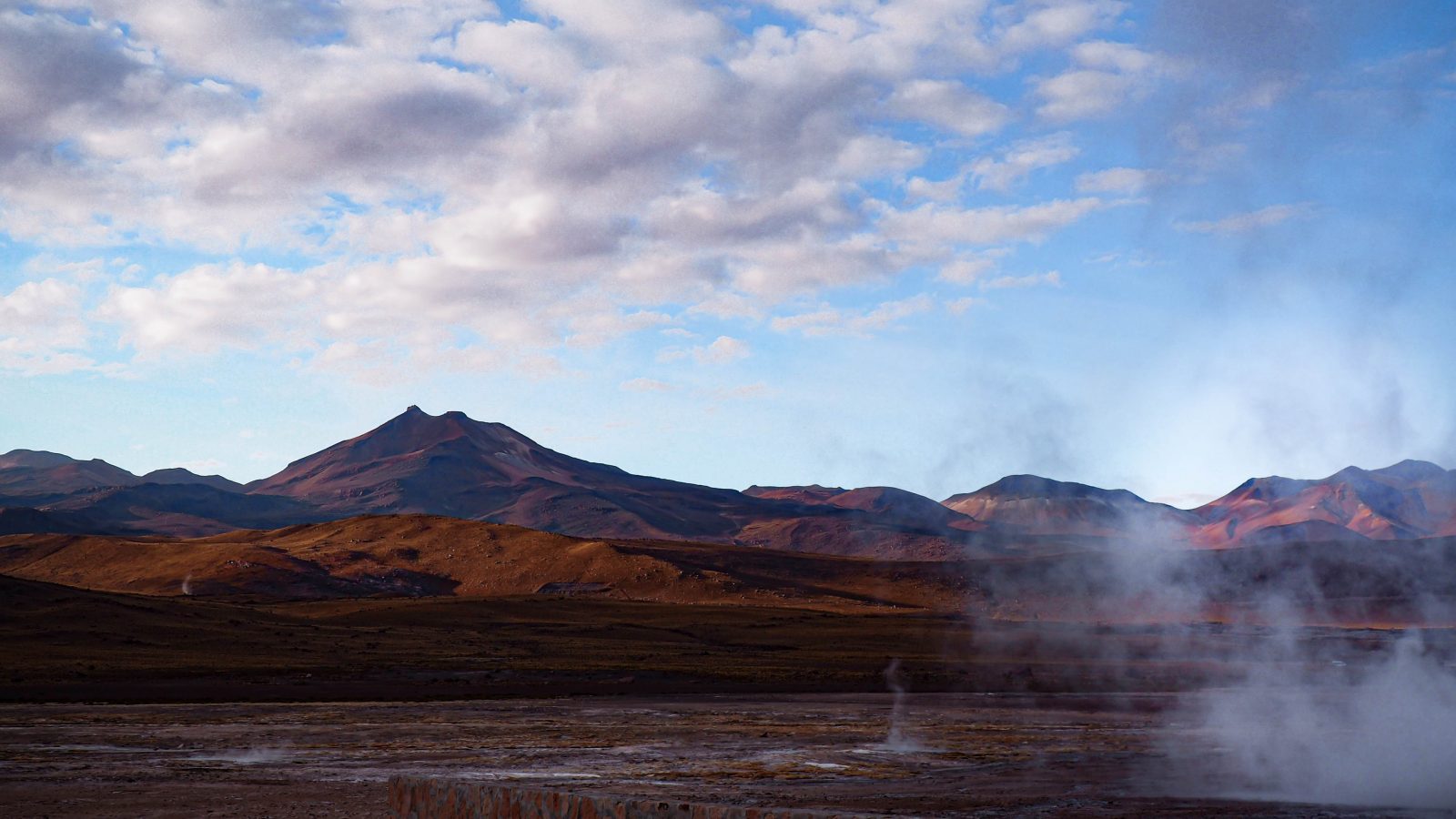
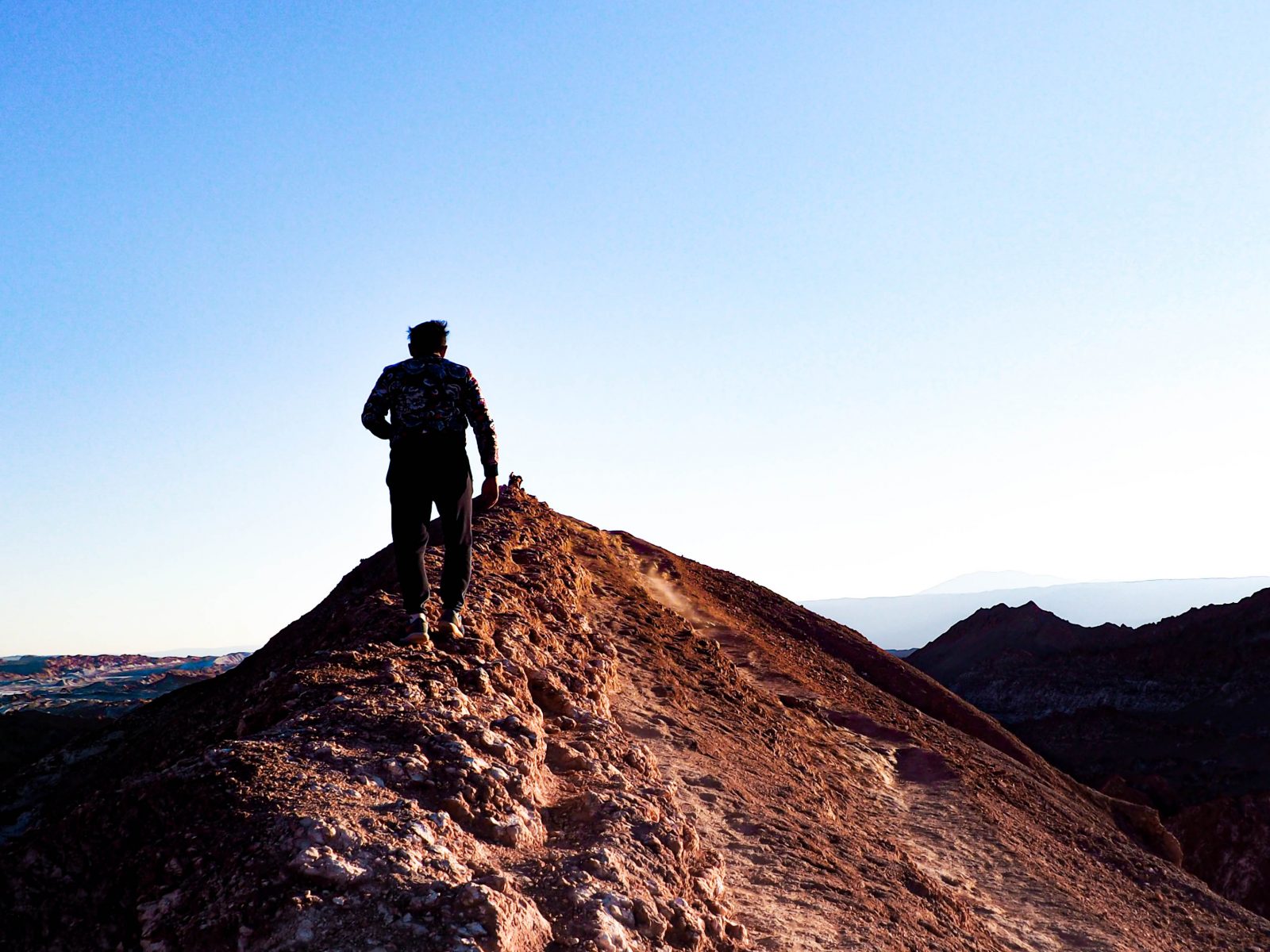
We asked one of the hosts at the hostel why he lives here. He said he grew up here, moved to the capital city Santiago as well as some other cities and he said the only other place he really liked was Canada. We thought he was joking, but turns out he spent a couple years in the Northwest Territories- makes a lot of sense, he probably has a very different idea of Canada than we do. He told us that it is only natural for us to be living in these environments where the landscape makes you feel miniscule, you’re adapting to the environment rather than the environment adapting to you like in big cities. It serves as a constant reminder of your place on the planet and the reward is the mountains sculpted by sand and wind, or the starry sky that stretches from horizon to horizon.
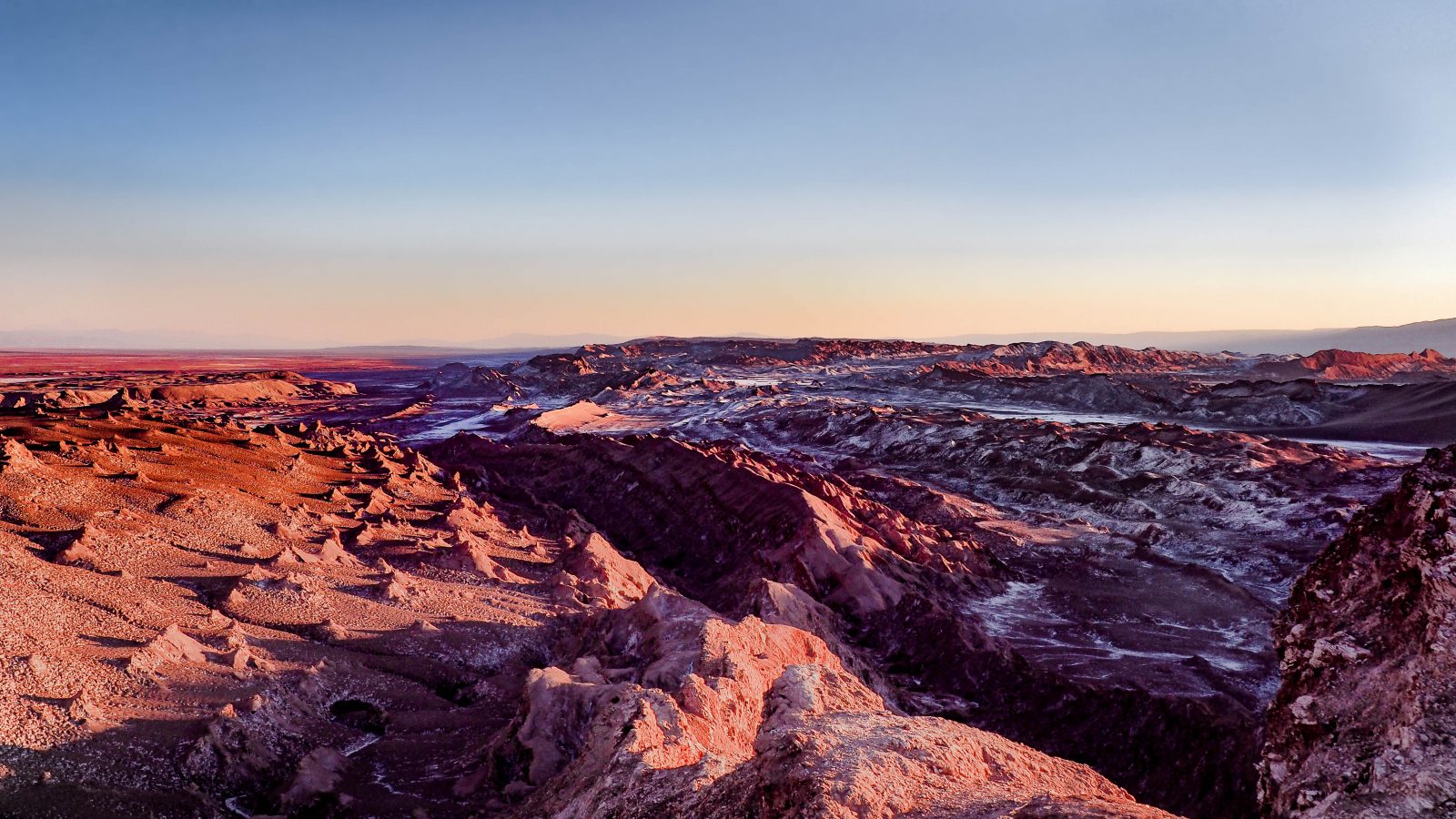


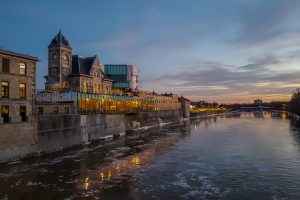
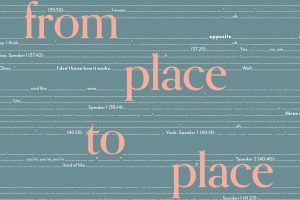
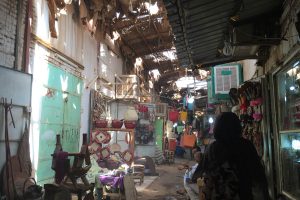
Leave a Reply